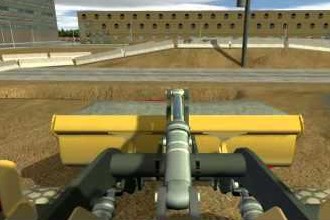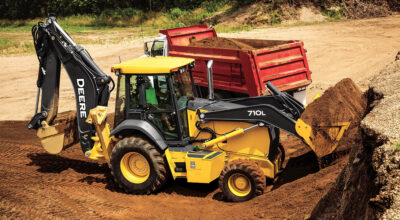Backfilling a trench can seem like a daunting task. However, when you have the steps you need to take right in front of you, the job can instantly become simpler. Having access to the proper equipment, such as machinery from John Deere, can also transform the task from a difficult one to just another job on the site. Let’s take a look at the proper steps you can take to ensure that you’re backfilling your next trench properly and safely.
- With your wheel loader, try to approach the trench at a 90-degree angle to get started. This will prevent a front tire from putting too much pressure on the trench wall, which could cause it to collapse or damage piping.
- When backfilling the trench with your loader, you can leave material in the bucket and use the latter like a dozer by pushing the material in first gear. This is more efficient than dumping the bucket each time.
- When the trench is partially backfilled, you can begin to work at an angle.
- Keep the tire that is closest to the trench on the backfilled side.
- When backfilling at an angle, you do not need to drive all the way into the trench because you can get the dirt that was left out of the trench on the next push. In turn, you’re continuously cleaning up the dirt left behind.
- In the event that piles of excavated material are too high, you can roll the material to build a ramp to move the material into the trench.
- Take your time when you’re backfilling to ensure that you are not deflecting the pipe, manholes, or other objects being backfilled.
Backfilling is essential, especially when working with utility piping that may need to be covered up. However, it can be challenging to backfill a trench if you are not taking the rest of the environment into account, as well as your machinery. Even with a wheel loader, it can be tricky to backfill a trench, so be sure to follow all instructions that come with your machinery. This can prevent accidents and injuries along the way while ensuring that the job gets done right.
If you have any questions about John Deere wheel loaders or other pieces of machinery, you can contact your local John Deere dealer.
If you enjoyed this post or want to read others, feel free to connect with us on Facebook, Pinterest, Twitter, or Instagram!


